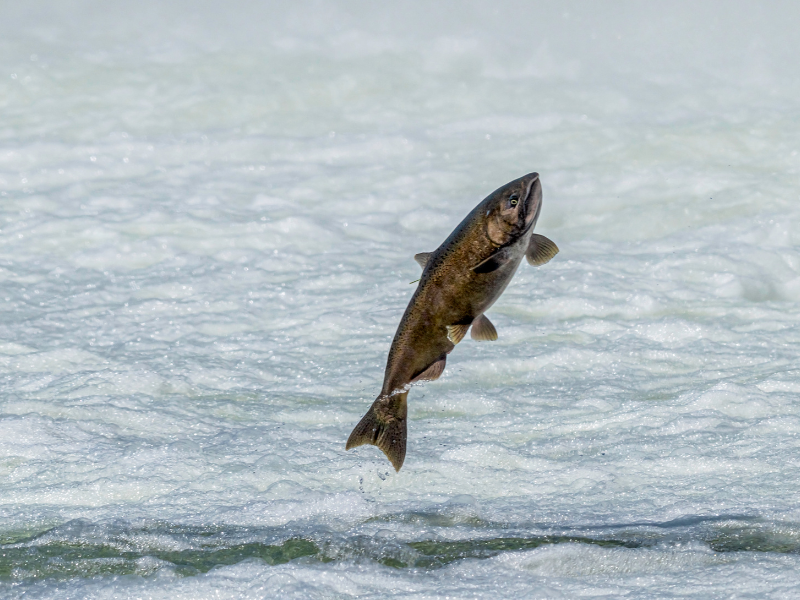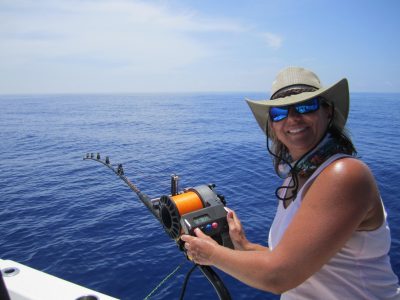If you accidentally catch a protected fish species while recreational fishing, it is important to handle the situation appropriately to remain legal and promote conservation. Here are some steps you can take:
- Identify the fish species:
- Familiarize yourself with the protected fish species in your area before heading out for fishing.
- Identify the fish species as quickly as possible to confirm whether it is protected. Use resources like FishVerify or other resource guides to understand fishing regulations and determine if it is a protected or endangered species.
- Follow local regulations:
- Consult the fishing regulations for your specific area to understand the rules regarding protected fish species.
- Regulations may vary depending on your location and the specific species involved.
- Handle the fish carefully:
- Handle the fish with extreme care to minimize stress and injury.
- Wet your hands before touching the fish to avoid damaging its protective slime coating, which helps prevent infections.
- If you need to hold the fish, use a wet cloth or a rubberized glove to provide a better grip while minimizing harm.
- Release the fish promptly:
- If it is a protected species, release the fish back into the water as quickly as possible.
- Gently hold it in the water, allowing it to recover and swim away on its own.
- Avoid throwing or dropping the fish back into the water, as this can cause additional stress or injury.
- Report the incident:
- If required by local regulations, report the accidental catch of a protected species to the appropriate authorities. They can guide the necessary steps to take and ensure compliance with conservation measures.
Here are some examples of protected fish species along with the states or regions where they are protected:

- Atlantic Sturgeon (Acipenser oxyrinchus) – Eastern United States: The Atlantic Sturgeon, a prehistoric and endangered fish species, is protected along the eastern coast of the United States. Special conservation measures are in place to aid in the recovery of their populations.

- Nassau Grouper (Epinephelus striatus) – Protected in Florida: this species is critically endangered and subject to fishing restrictions.

- Chinook Salmon (Oncorhynchus tshawytscha) – Pacific Northwest: Also known as King Salmon, is protected in various states of the Pacific Northwest, including Washington, Oregon, and California. These regulations aim to safeguard this iconic and economically significant species.
It’s important to note that the specific fish species protected may vary from state to state, and the regulations surrounding their protection can also differ. Therefore, it’s always recommended to refer to the specific regulations of a particular state for accurate and up-to-date information.
Remember, the specific actions to take may vary depending on the region and the species involved. It is crucial to familiarize yourself with the local fishing regulations and guidelines to understand how to handle protected fish species properly. By doing so, you contribute to conservation efforts and help protect vulnerable fish populations.
In addition to following the steps mentioned above, utilizing the FishVerify app can greatly assist you in identifying fish species accurately and efficiently. FishVerify provides a comprehensive database of fish species, including those that are protected or endangered.
Download FishVerify today and join us in our mission to preserve our precious marine ecosystems for future generations! 😊


